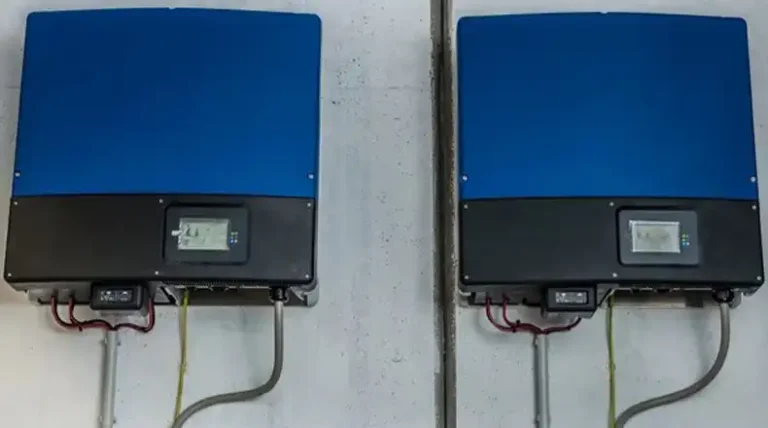How Many Solar Panels Do I Need for 2000 kWh Per Month? Easy Explanation
With rising electricity bills and climate change concerns, many people are converting to solar energy these days. Upon installation, with very little maintenance, it can produce electricity free for years. On average, the monthly electricity consumption is about 886 kWh per month. Generating that amount of electricity would require about 15 to 19 solar panels.
But chances are your electricity consumption far exceeds that number. Let’s say it’s 2000 kWh per month. So, how do you figure out how many solar panels do you need for 2000 kWh per month? Well, that depends on how many hours of direct sunlight your house gets, as well as the quality of the panels you use.
Below we’ve explained how you can estimate the number of solar panels you need for 2000 kWh of electricity usage per month.
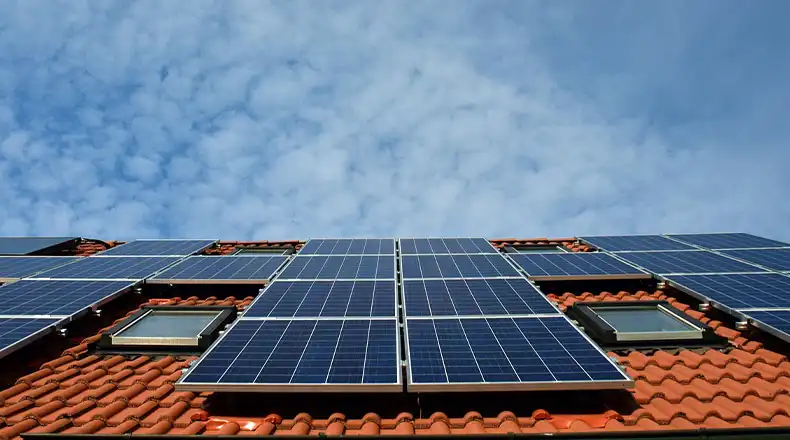
Number of Solar Panels You Need for 2000 kWh Per Month
Although not all solar panels are created equal, on average, most household solar panels available in the market today produce between 250 to 400 watts of electricity per hour. But that’s not all. you need to factor in the peak sun hours in your area. In most areas, that’s 3 to 6 hours of sun.
So, assuming that you get 6 peak hours of sun a day and your solar panel is rated for 300W, you need to calculate how many kWh it produces in a month. Then you’ll be able to determine how many of those panels you’d require for 2000 kWh of electricity per month.
A 300-watt solar panel produces 0.3 kilowatt-hours (kWh) of electricity during each peak sun hour. In a sunny area with 6 peak sun hours, this translates to 1.8 kWh of energy per day and 54 kWh per month. So, by that estimate, you’ll need about 38 solar panels to produce 2000 kWh per month. But that’s not all. For a more accurate estimation, you need to factor in the losses.
1. Solar Panel Losses
Solar panels produce direct current or DC, which is also the type of electricity stored in the battery. But this then converts into alternate current or AC, which household devices use. And, due to this conversion, you’ll lose about 25% of the electricity that’s being generated by your solar panels.
Therefore, the actual amount of electricity produced by a 300 W solar panel would be about 40.5 kWh per month. At that rate, you’ll require 49.38 or 50 solar panels to be exact, for generating 2000 kWh per month.
2. Required Number of Solar Panels for Various Watts
The previous estimation was based on 300 W solar panels. But what if you use larger, or even smaller panels? Well, that would significantly decrease or increase the required number of panels. Not only that, the amount of peak sun hours too, has a great impact on the total production of electricity on a given panel. For a better understanding, let’s take a look at the chart below.
| Solar Panel Size (In Watts) | Peak Sun Hours | Required Number of Panels |
| 300 | 5 | 59 |
| 300 | 6 | 49 |
| 350 | 5 | 51 |
| 350 | 6 | 42 |
| 400 | 5 | 44 |
| 400 | 6 | 37 |
| 500 | 5 | 36 |
| 500 | 6 | 30 |
As you can clearly see, the more peak sun hours you have and the more powerful panel you use, the fewer is the number of solar panels you need to for generating 2000 kWh per month.
3. Average Peak Sun Hours in Different States
As stated earlier, the total number of solar panels required will vary depending on the peak sun hours you get in your region. So, here’s a chart that includes the average peak sun hours in different states across America.
| State | Average Peak Sun Hours |
|---|---|
| California | 6.5 |
| Arizona | 6.3 |
| Nevada | 6.1 |
| New Mexico | 6.0 |
| Colorado | 5.9 |
| Texas | 5.8 |
| Utah | 5.7 |
| Florida | 5.6 |
| Oregon | 4.9 |
| Hawaii | 4.8 |
| Georgia | 4.7 |
| North Carolina | 4.6 |
| South Carolina | 4.5 |
| Louisiana | 4.4 |
| Virginia | 4.3 |
| Tennessee | 4.2 |
| Kansas | 4.1 |
| Alabama | 4.0 |
| Arkansas | 3.9 |
| Oklahoma | 3.8 |
| Mississippi | 3.7 |
| Kentucky | 3.6 |
| Missouri | 3.5 |
| Illinois | 3.4 |
| Indiana | 3.3 |
| Ohio | 3.2 |
| Michigan | 3.1 |
| Wisconsin | 3.0 |
| Pennsylvania | 2.9 |
| New York | 2.8 |
| Minnesota | 2.7 |
| Iowa | 2.6 |
| Nebraska | 2.5 |
| Montana | 2.4 |
| North Dakota | 2.3 |
| South Dakota | 2.2 |
| Wyoming | 2.1 |
| Alaska | 2.0 |
Do note that this is an average estimation and therefore you may need to adjust depending on your actual location in a state.
4. Do the Math Yourself
If you are still confused, here’s a simple math on how to calculate the number of solar panels yourself.
If your state receives 5-6 hours of sunshine per day, a 1 kW solar power plant can generate an average of 4.5 kWh per day. To calculate the number of solar panels needed to generate 2000 kWh per month, follow these steps:
- Power needed per day: 2000 kWh / 30 days = 66.67 kWh
- Power generated by one 300-watt solar panel per day: 4.5 kWh x 0.3 = 1.35 kWh (after calculating conversion losses)
Therefore, the required number of solar panels is: 66.67 kWh / 1.35 kWh = 50 solar panels (49.38 to be exact)
But if your state receives 3.5-4 hours of sunshine per day, a 1 kW solar power plant can generate an average of 2.8 kWh per day. To calculate the number of solar panels needed to generate 2000 kWh per month, use the following steps:
- Power needed per day: 2000 kWh / 30 days = 66.67 kWh
- Power generated by one 300-watt solar panel per day: 2.8 kWh x 0.3 = 0.84 kWh
Therefore, the required number of solar panels is: 66.67 kWh / 0.84 kWh = 80 panels
Frequently Asked Questions and Answers – FAQs
How much solar do I need for 1000 kWh per month?
You’ll need about 21 solar panels rated at 400 watts. But factoring in rainy months, and power loss due to conversion, you should round it up to at least 25 panels.
How many solar panels in 1 kW?
Generally, a solar plant with a capacity of 1 kW will typically contain approximately 4 to 6 solar panels.
Conclusion
Producing 2000 kWh of electricity per month with solar panels is very much possible if you have the necessary budget and space. Depending on the state you live in, it’ll take anywhere from 30 to 50 solar panels. However, when calculating the number of panels required, it is important to scale up for bad weather and conversion loss and scale up accordingly.

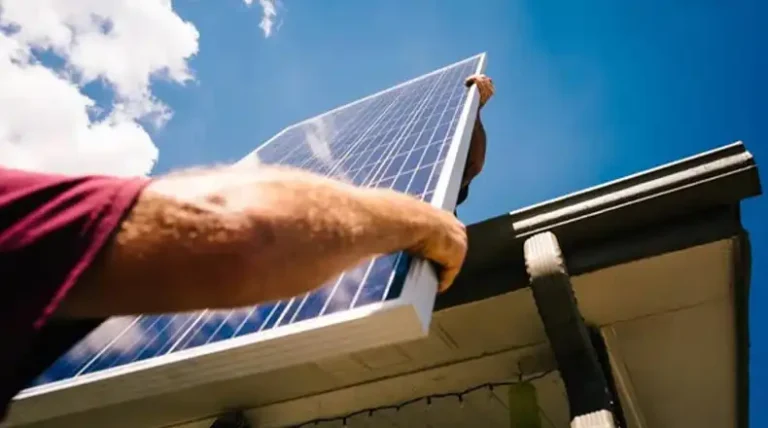
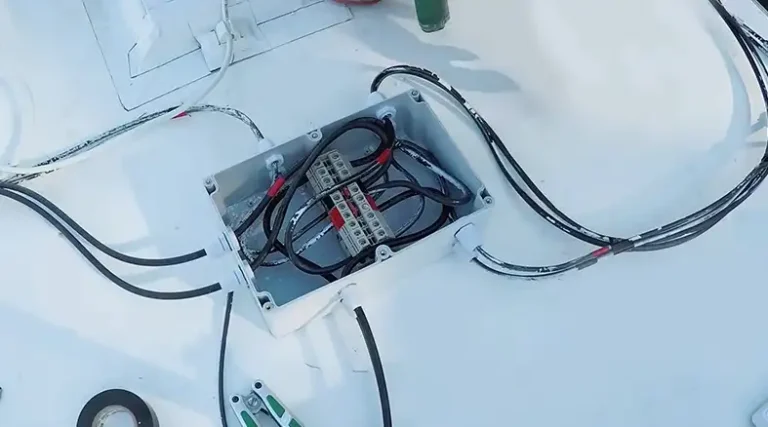
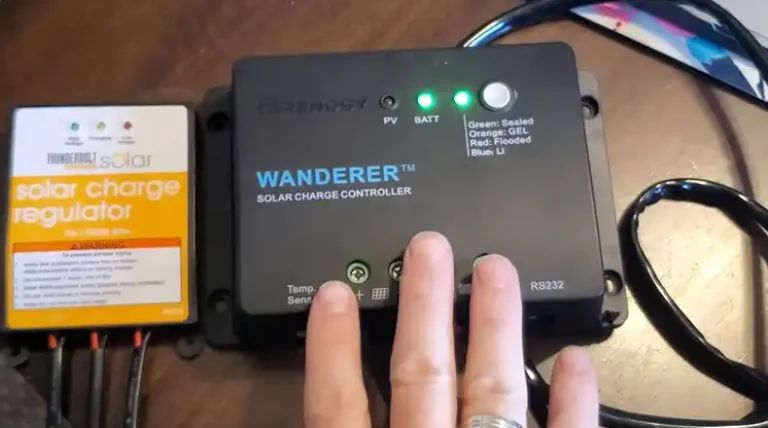
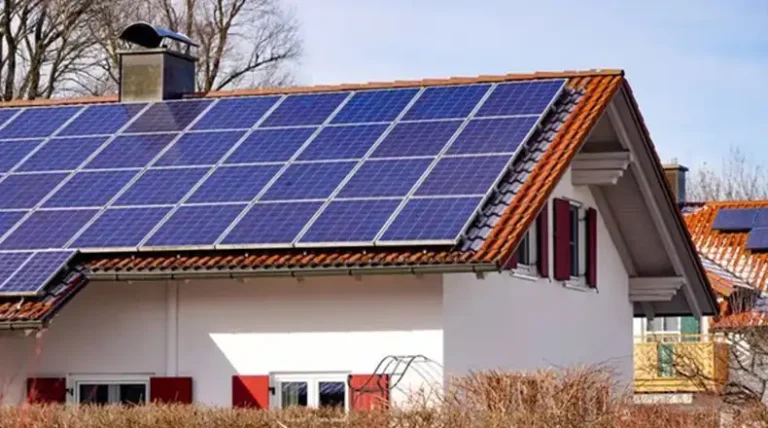
![[Answered] How Many Solar Panel Required To Charge 300ah Battery?](https://www.itekenergy.com/wp-content/uploads/2023/08/solar-panel-required-to-charge-300ah-battery-768x428.jpg)
